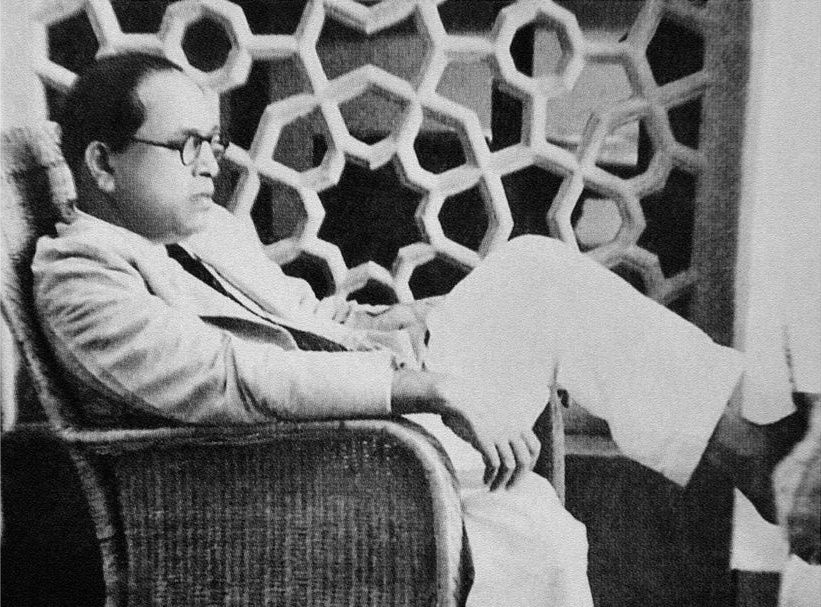North Indian politics are presently in a state of great flux. Whereas the Hindi-speaking region was once the basis of Congress rule of the nation, now the Congress vote has quite disintegrated there. Uttar Pradesh is the most dramatic case. In the general election of 1984 Congress won eighty-three out of eighty-five UP seats with 5 per cent of the total vote.
The new Dalit politics of north India Untouchable politics and politicians since 1956
But five years later the party won only fifteen seats with 32 per cent of the vote. In 1991 the Congress vote slipped further to 18 per cent, and it won five seats. This was also its tally of seats in 1996. Congress’ dominance had been built on a strong command of the Brahmin, Muslim and Untouchable ‘vote banks’, together with considerable but variable support from the other upper castes and also the Backward Castes. The latter were the first to desert the party, and since the mid-eighties it has also suffered the fatal blow of having lost its three stable vote banks.
The waning of Congress has coincided with the rise of two other parties – the Janata Dal and its offshoots, including Mulayam Singh’s Samajwadi Party, and the Bharatiya Janata Party (BJP). These parties have risen to prominence partly because of the vacuum caused by the waning of Congress, and partly because of their own attractiveness.
Thus the leading party in 1989 was Janata Dal, with fifty-four seats and 36 per cent of the vote. But in the next election of 1991 the largest party was the BJP with fifty-one seats and 33 per cent of the vote. The Janata Dal and the Samajwadi Party draw their major strength from the Backward Castes, whereas the BJP has traditionally been strongest among the upper castes of the towns. But each of these two political forces picked up other groups as they gathered momentum.
Thus the Janata Dal and Samajwadi parties attracted a large share of the Muslim vote disenchanted with Congress after the destruction of the Babri Masjid. And the BJP has picked up considerable Backward Caste support, partly because it has had a strong Backward Caste (Lodhi) leader in Kalyan Singh.
Another development of the first importance in Uttar Pradesh has been the rise of Kanshi Ram’s Bahujana Samaj Party to the point where it was able to form the State government in 1995 and 1997. Although Kanshi Ram has benefited crucially from the collapse of Congress, his rise is not to be attributed simply to the vacuum effect.
Kanshi Ram has spoken directly to the aspirations of the Chamars, and he has also had a radical-ising impact on a wider constituency of Backward and other Scheduled Caste communities. Kanshi Ram’s mode of operation has been to yoke an aggressive Ambedkarite ideology to hard-headed manipulation of the vote banks of Uttar Pradesh.
The indispensable basis of his power is his own community, the Chamars. These constitute not only the largest Untouchable caste in India, but almost certainly the largest single caste in Uttar Pradesh.’1 Kanshi Ram has not had the total support of the Chamars – until recently the Jatavs of western UP have been an important hold-out – but his command in eastern UP has been overwhelming. Kanshi Ram’s strategy has been to join his bank of Chamar voters to other Scheduled Caste and Backward Caste voters (particularly the Kurmis) and also the Muslims.
He has been careful to cede the non-Chamar com-munities a majority of Bahujana Samaj candidates – there has been a spe-cially large number of Muslim candidates – in the knowledge that voters will often be attracted by a candidate of their own community. The Bahujana Samaj could offer these communities the prospect that the large Chamar vote would be added to theirs, since the Chamars believed that the party was above all theirs. But before we consider the contempo-rary situation in some detail, something must be said about the origins of Kanshi Ram and the Bahujana Samaj Party.
EDITORS NOTE – THIS ARTICLE FROM THE BOOK THE UNTOUCHABLES SUBORDINATION, POVERTY AND THE STATE IN MODERN INDIA BY OLIVER MENDELSOHN & MARIKA VICZIANY

